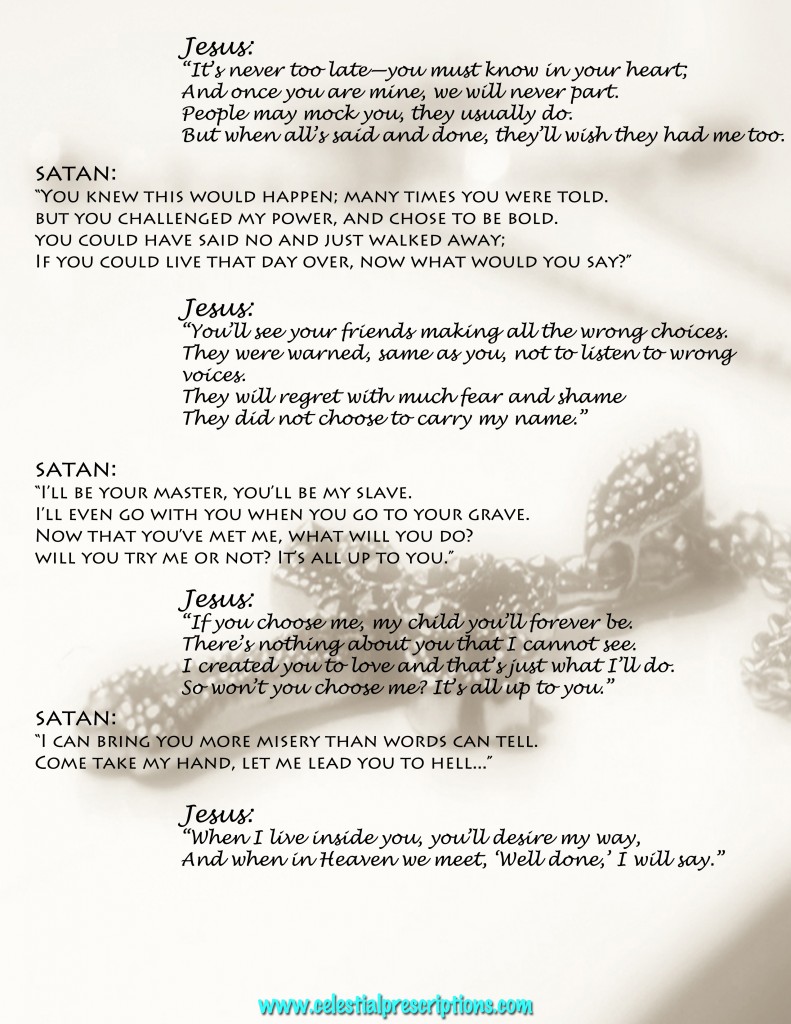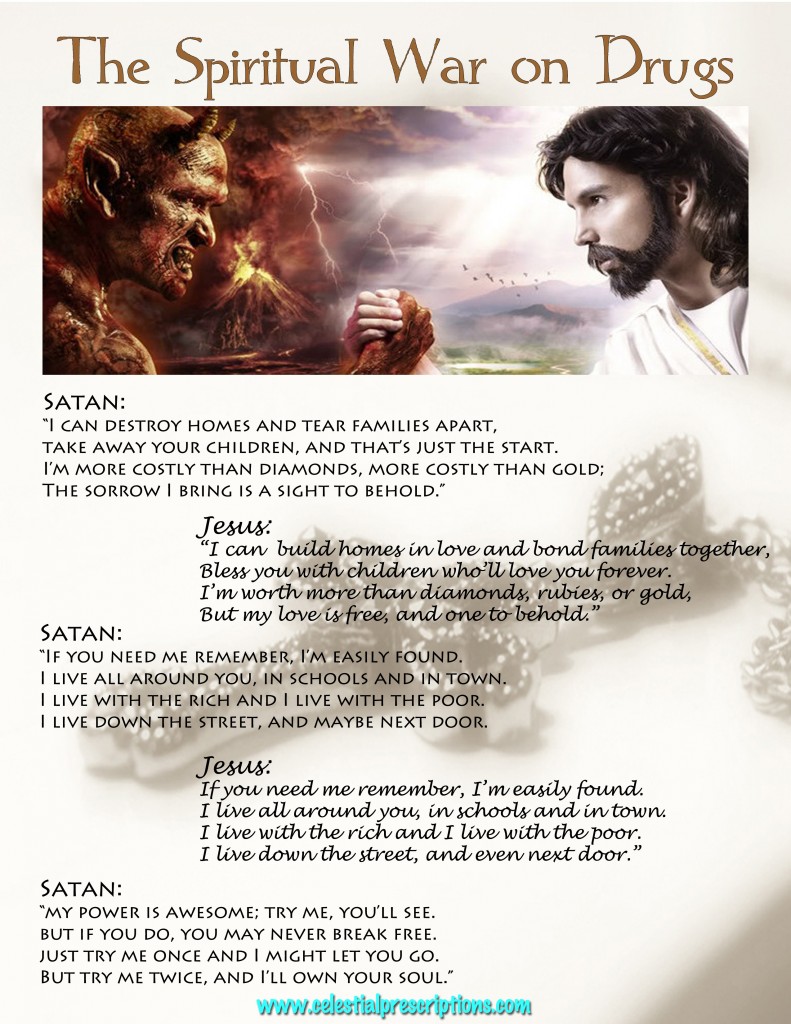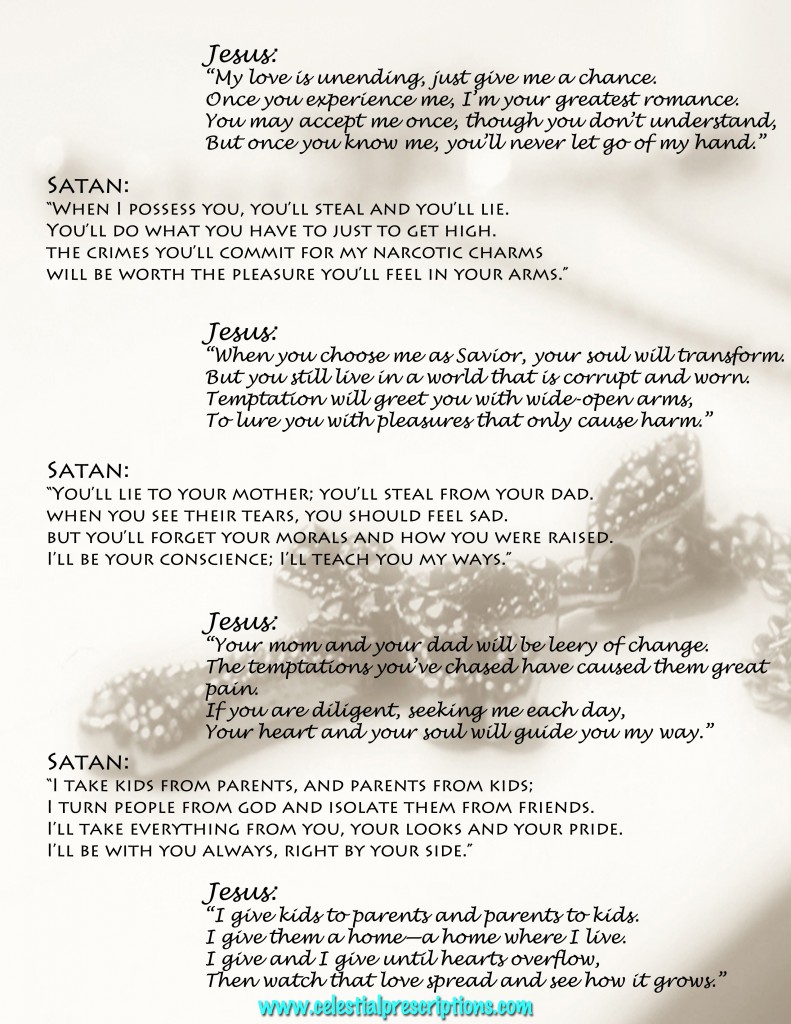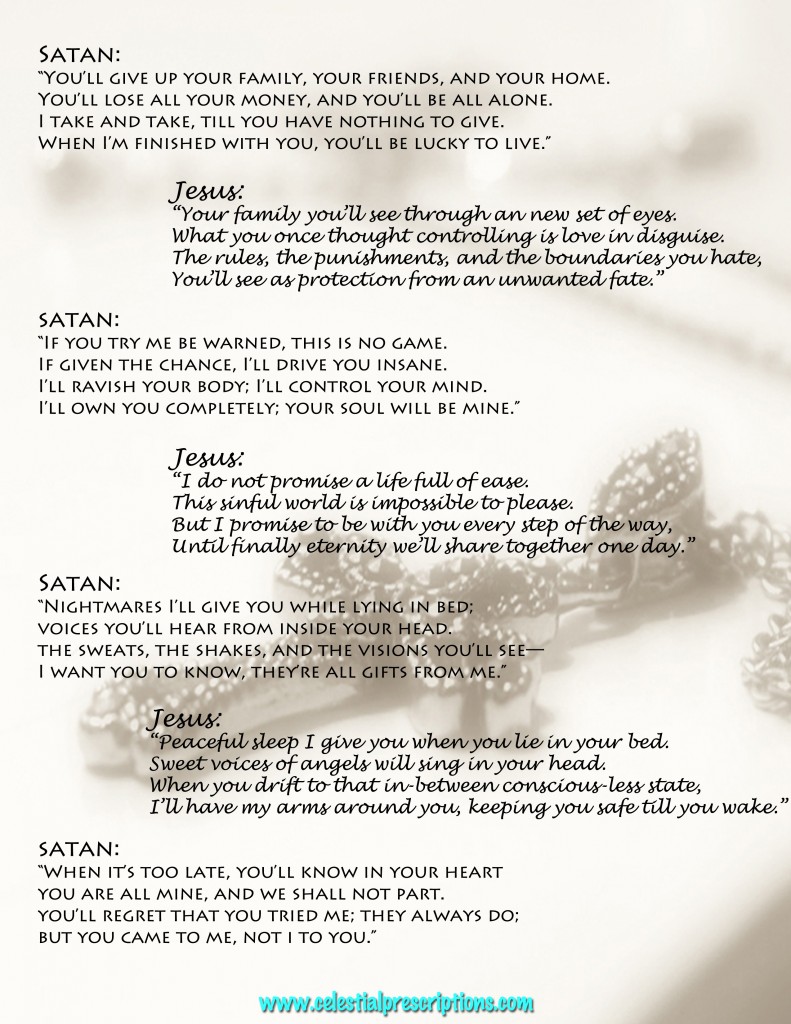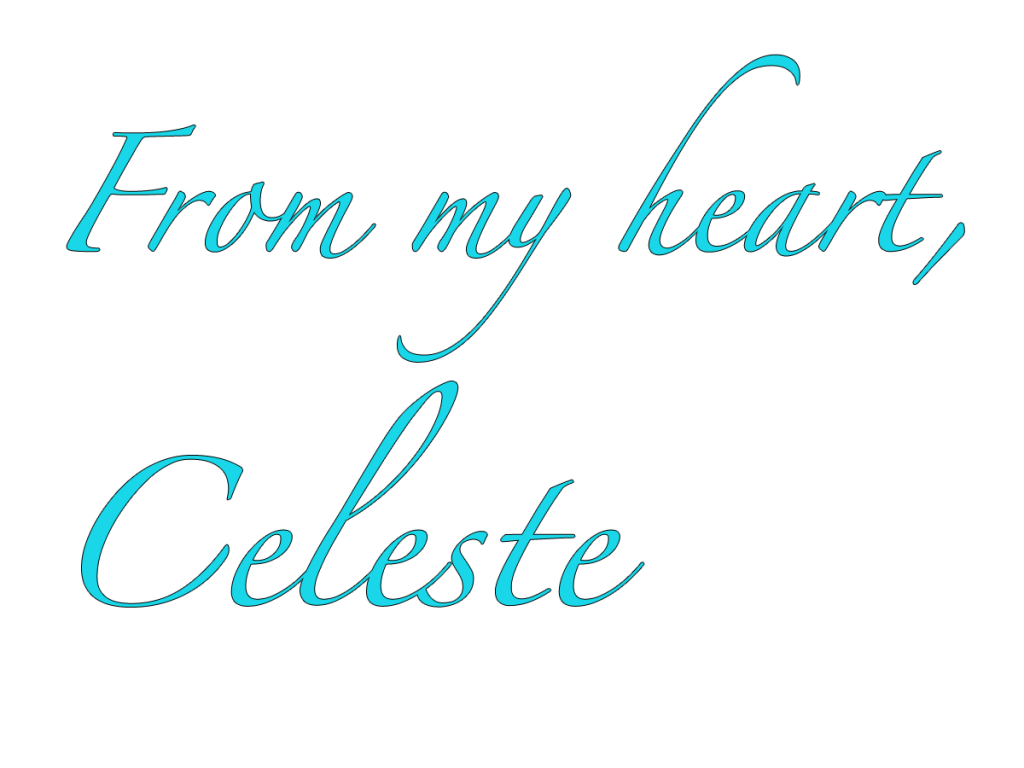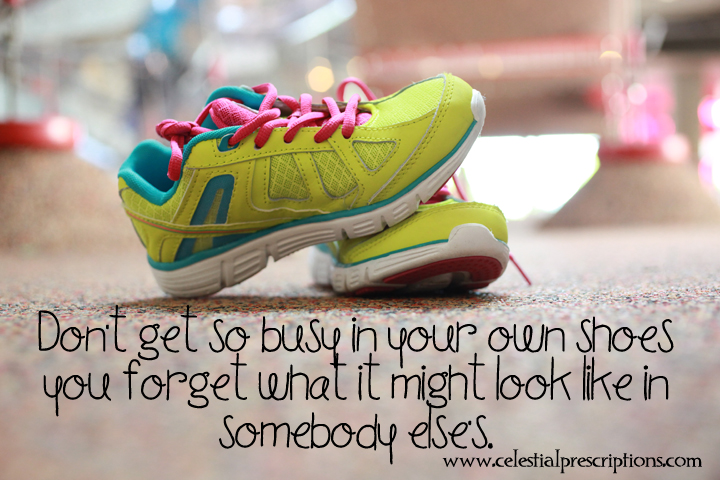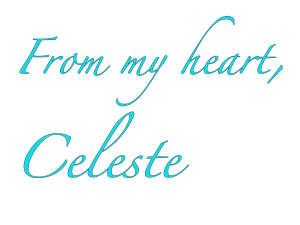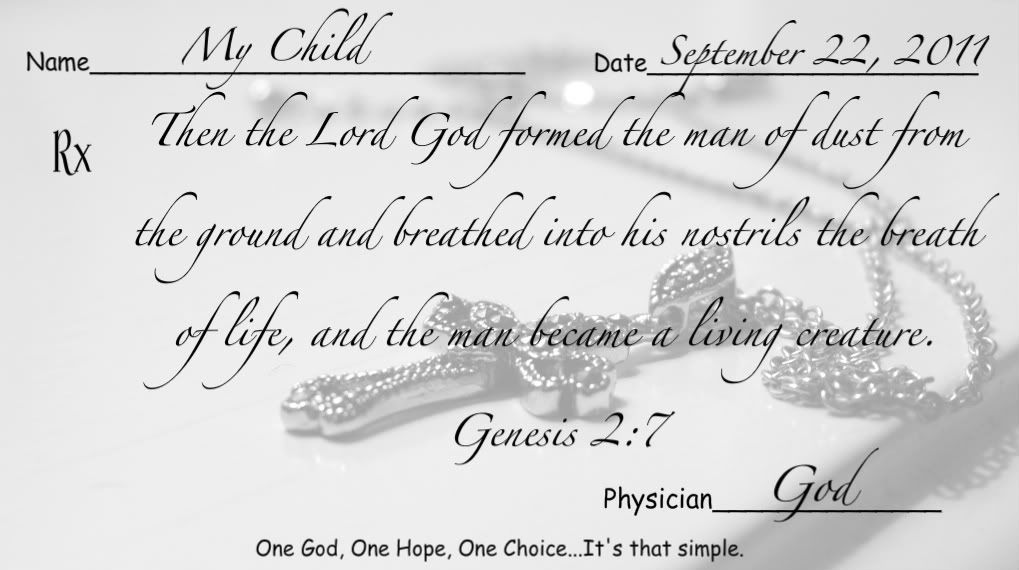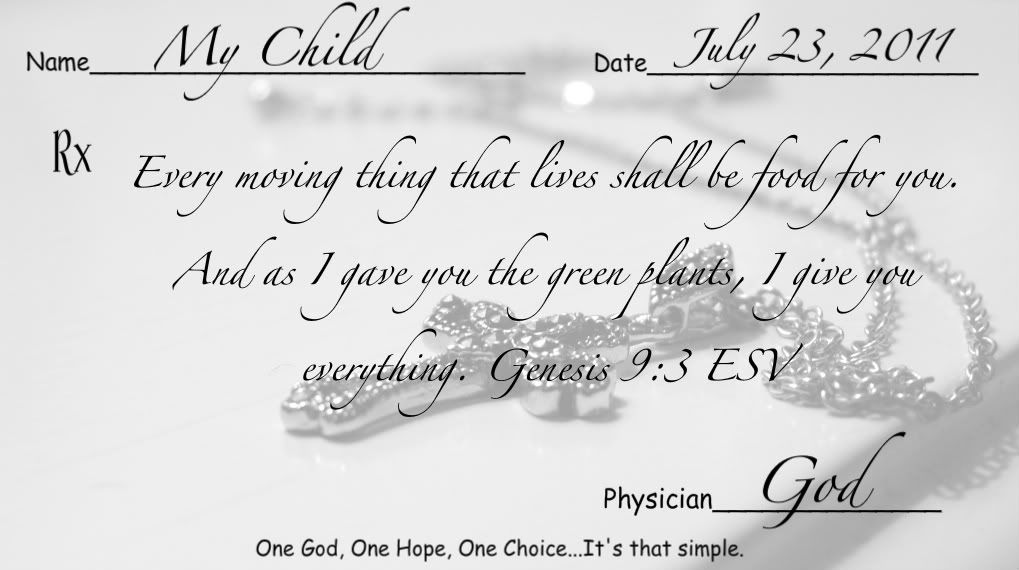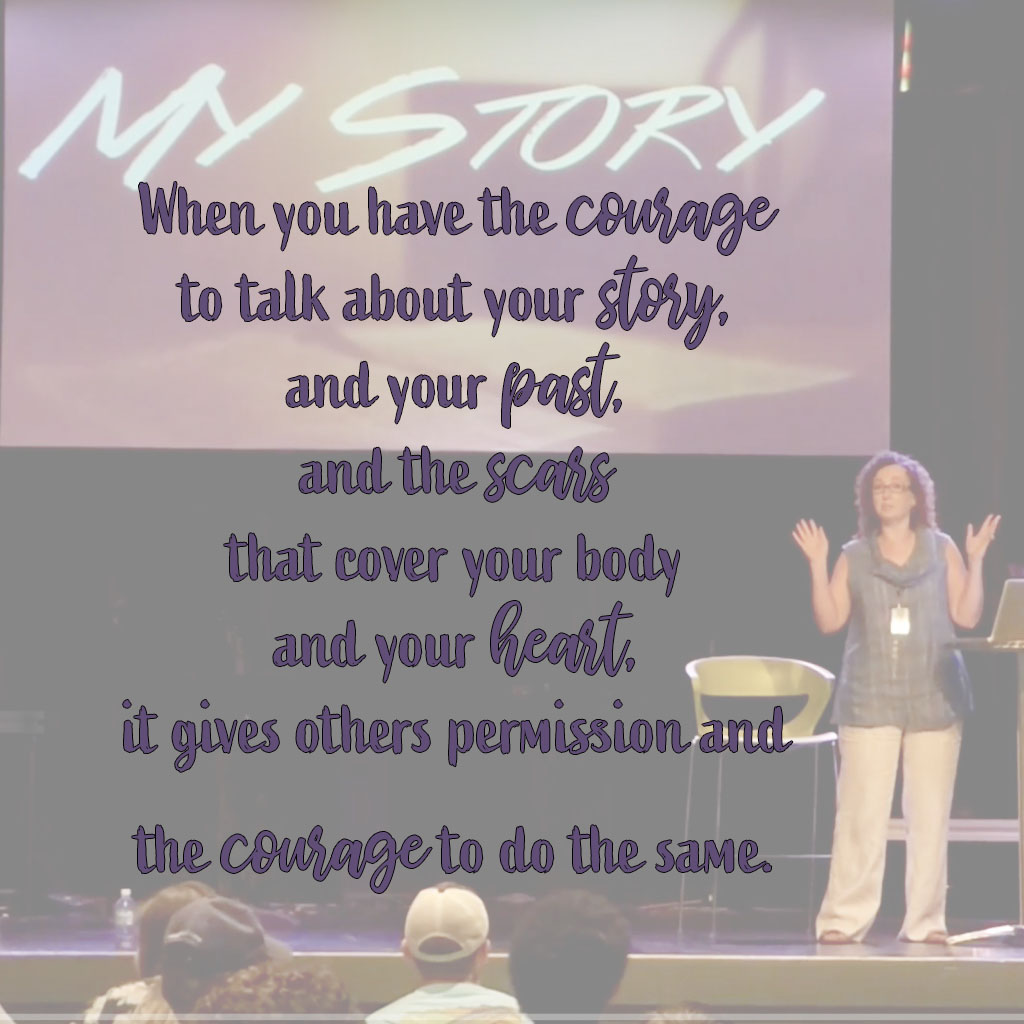
(The quote from the photo above is from Rachel Hollis).
Transparency+ God+Medical Assistance+Commitment=Freedom from addiction. This is the best formula to beat drug addiction.
This is actually a repost from a few years ago, but I’ve had several people want a copy of the poem at the end so I thought I’d repost.
Since I posted this in 2013, I think our United States has finally recognized the ongoing opiate problem we have and are trying to get laws into effect to prevent addiction. It’s way too late for some, but hopefully my children and grandchildren won’t ever have to face opiate addiction. It’s brutal.
I can’t even count the number of people I’ve known and heard of who have died of opiate addiction since I wrote this post in 2013. The statistics would blow you away. Also since I first wrote this, there is a new player in the illegal drug game…Carfentanyl. It’s a derivative of fentanyl which is used in hospitals fairly regularly. Carfentanyl, however, is 100 times more potent. The illegal drugs such as Heroin and Marijuana and are being laced with Carfentanyl, and the unknowing recipient is dead before the needle ever leaves their arm. Scary, huh!
I thought I’d include an infographic here that may make things more clear:

But…there is life after addiction! I never thought I’d feel normal again without opiates in my system, but I’m here to tell you I do. My life is incredible and filled with blessings.
If you are battling any type of drug addiction, you are not alone. Sadly, in some groups you could be in the majority. One of the best things you can do is talk to someone. Be transparent about it. A huge weight will be lifted from your shoulders and you’ll have someone supporting you or going through it with you. It’s amazing to watch when one person speaks up, it easily becomes a chain reaction…a reaction that can lead to healing.
Here’s the rest of the original post and the poem at the end. Please share and print the poem if you know anyone who might benefit from it!
Pills…pills…pills…are taking over our families! How have we come to this? I remember seeing a video about the communist manifesto that discussed the best way to destroy America. From the inside-out. Look at the change in our values and laws over the last 50 years. Look at the infiltration of pornography on television and the internet. The availability of alcohol. The availability of drugs…prescriptions and the illegal ones. I can tell you if I know where to get marijuana, everyone does.
I didn’t know the boy who died of an overdose, but I don’t need to. All I need to know is that he was a son, brother, grandson, great-grandson, nephew, and friend. I pray that he also carried Jesus in his heart and is with him in Heaven right now. The alternative, though very real, is not one I like to think of.
Prescriptions drug overdoses are claiming more lives every day. People—often teenagers—taking them for recreational use have no idea what they can do to you. While their brain thinks it can handle the “high” dose, their lungs and heart cannot. In an instant, their life is over.
Parents are burying their children.
Friends are burying friends.
Brothers are burying brothers.
People who are addicted to prescription drugs as a result of medical reasons end up needing more and more to relieve their pain, withdrawals, or whatever the case may be. Again, their brain think the dose can is needed, but their heart ceases to beat and their lungs cease to inhale.
Anyone abusing prescription pain medications—no matter what the reason—is fighting a battle in their mind. The classic battle between good and evil, Jesus and Satan. The battle being fought is both physical and spiritual To overcome addiction, I can tell you from experience physical assistance is just not enough. A divine intervention is needed.
A young girl, Ashley, who lost her battle to drugs wrote a poem describing life on drugs is like…the horror actually being offered to us when presented with the decision to use drugs. I took her poem, and added a “rebuttal,” if you will, to show the life than Jesus offers everyone. We must only accept.
Here’s the poem. Please read it slowly and share with anyone whom it might help. If you’d like to have a copy, you can upload a PDF version and print for free by clicking HERE.
